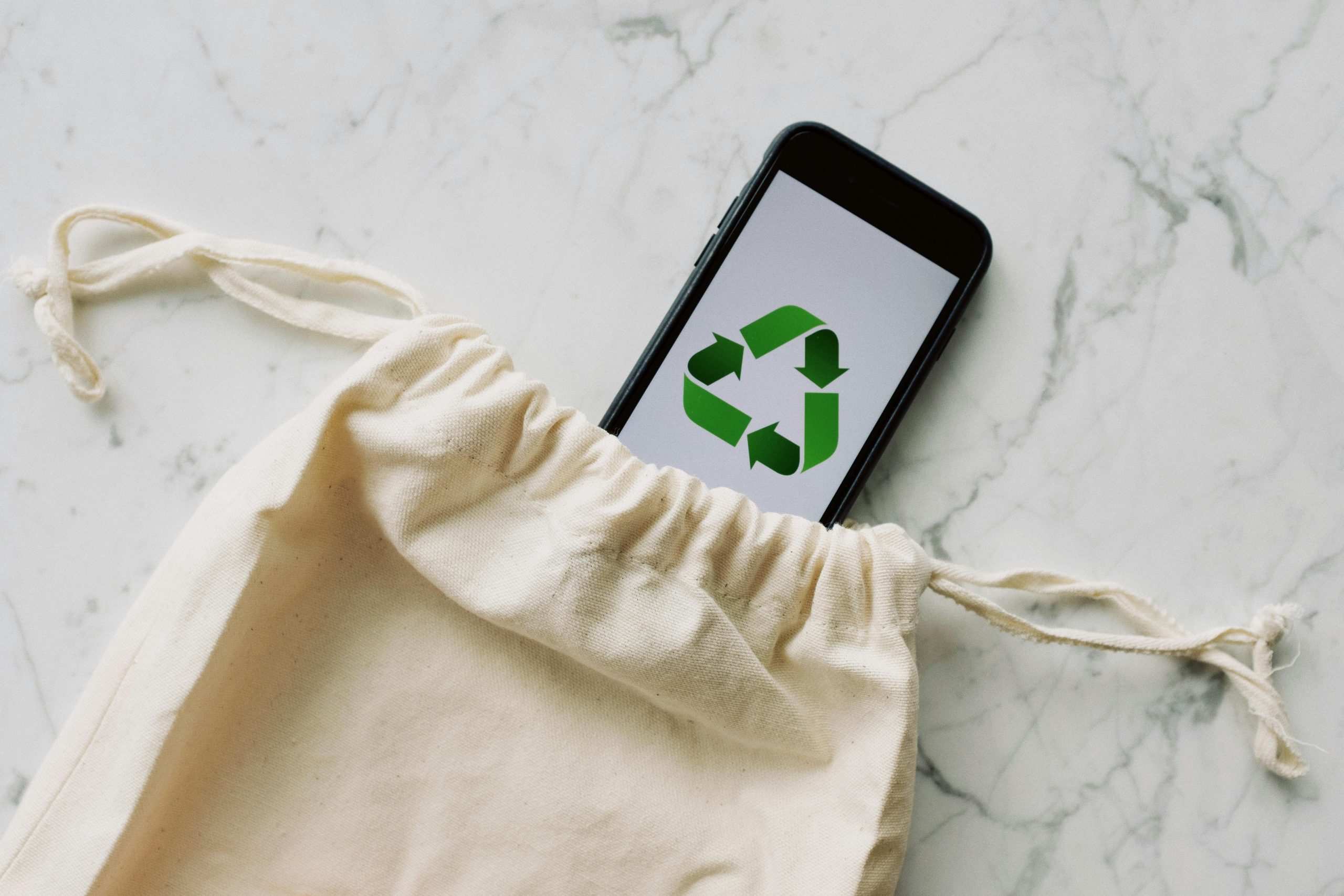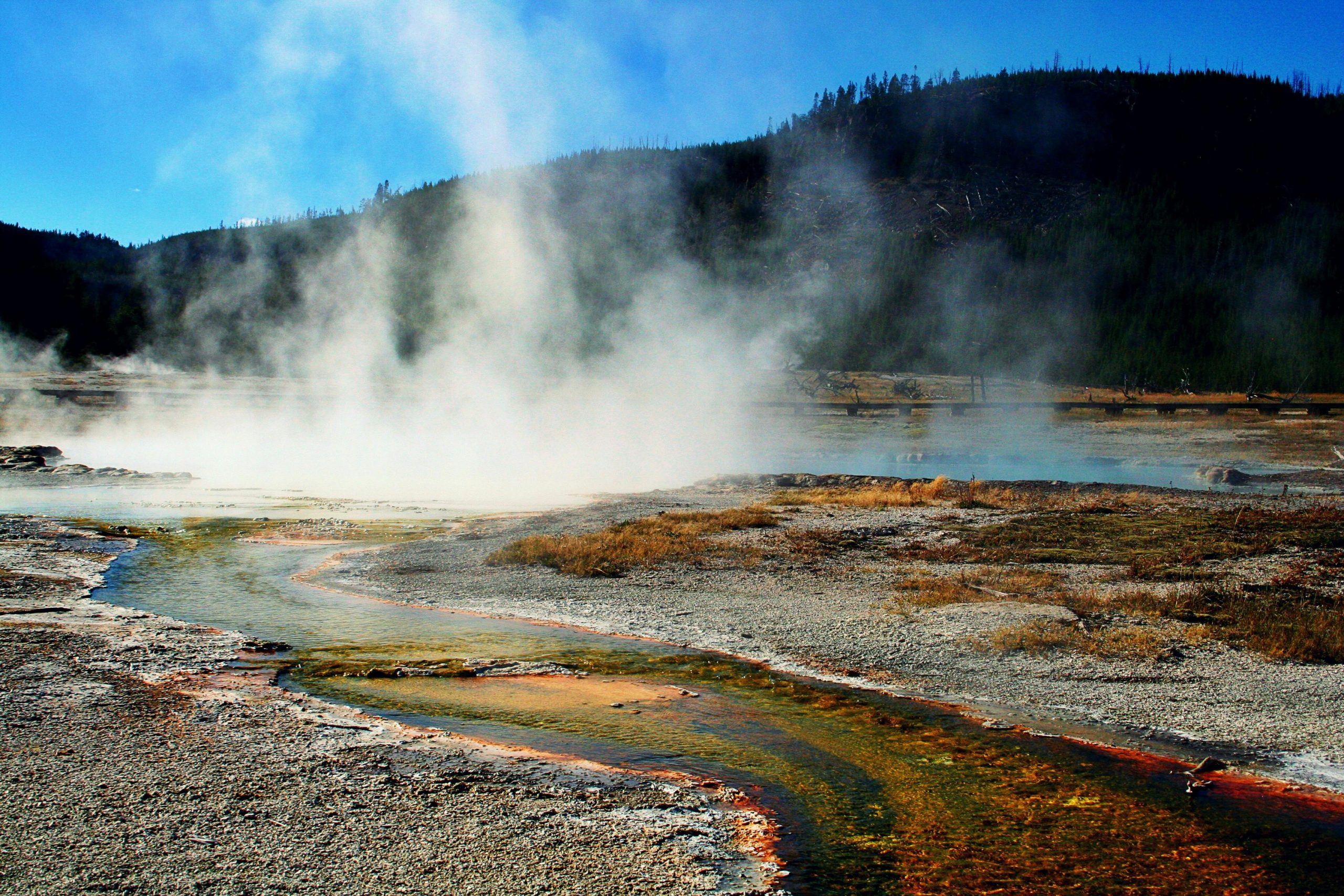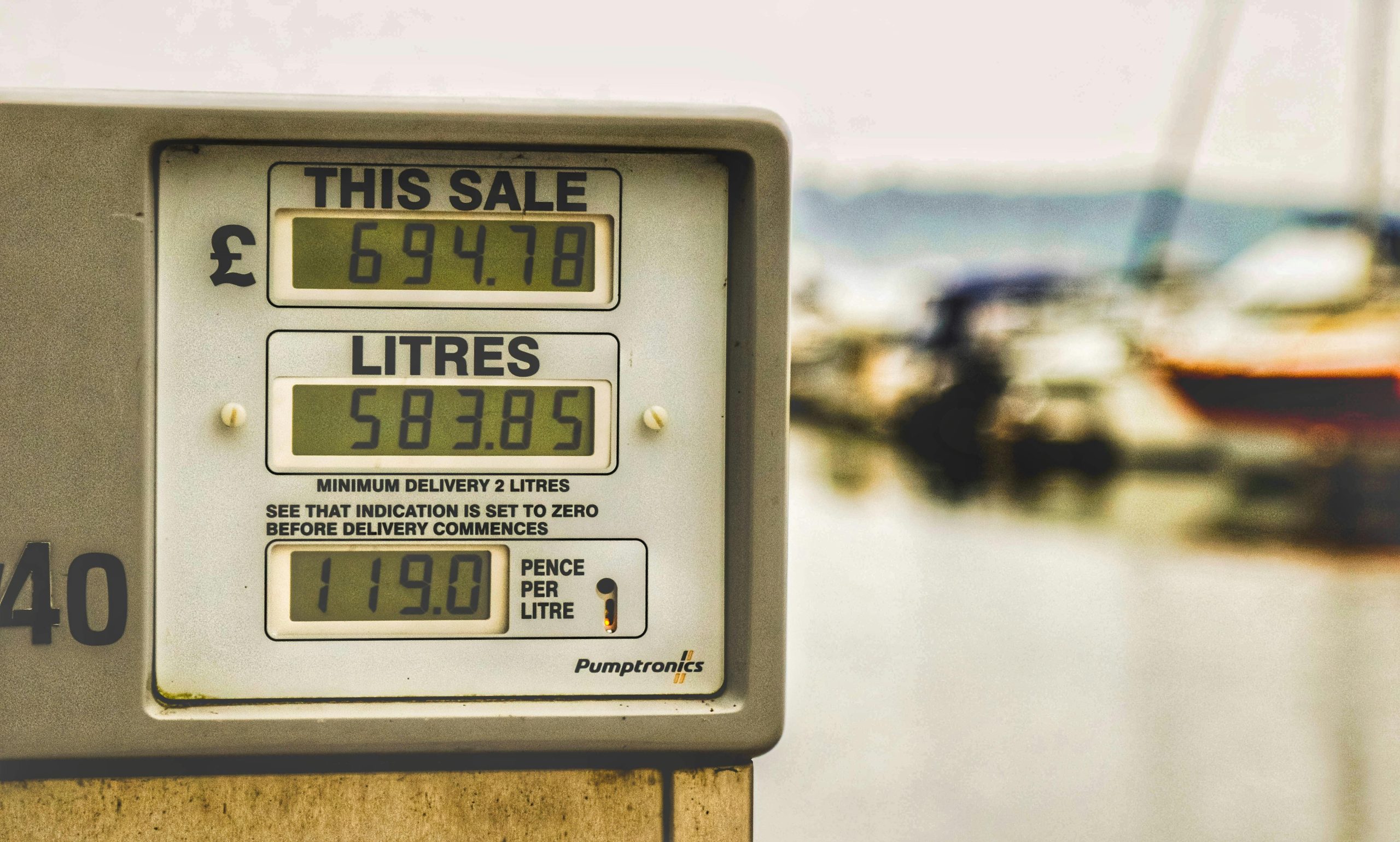Sustainable living in 2025 means making smart choices that reduce your environmental impact while often saving money and improving your health. The key isn’t perfection – it’s making consistent, practical changes that fit your lifestyle. After helping hundreds of families transition to more sustainable lifestyles, I’ve identified the changes that deliver the biggest impact with the least hassle.
This guide focuses on actionable steps you can start implementing today. No overwhelming lifestyle overhauls or expensive investments required – just practical changes that add up to make a real difference for both your wallet and the planet.

Why Sustainable Living Matters More Than Ever in 2025
Climate change isn’t a future problem anymore – it’s happening now. But here’s what’s different about sustainable living in 2025: the technology, products, and knowledge available today make it easier and more cost-effective than ever before.
The best part? Many sustainable choices actually save money in the long run. Solar panels pay for themselves, energy-efficient appliances cut utility bills, and growing your own herbs reduces grocery costs. You’re not sacrificing quality of life – you’re often improving it.
Energy: The Foundation of Sustainable Living
Your home’s energy use is likely your biggest environmental impact, making it the perfect place to start. The good news is that energy improvements often provide immediate cost savings.
1. Switch to LED Lighting
This is the easiest change with immediate results. LED bulbs use 75% less energy than traditional bulbs and last 25 times longer. A typical household can save $75-100 annually just by switching all bulbs to LEDs.
2. Install a Smart Thermostat
A programmable smart thermostat learns your schedule and automatically adjusts temperature when you’re away. Most people see 15-20% reduction in heating and cooling costs without any sacrifice in comfort. Many utility companies offer rebates that make these essentially free.
3. Seal Air Leaks
Before investing in expensive upgrades, seal the gaps where energy escapes. Use caulk around windows, weatherstripping around doors, and foam gaskets behind electrical outlets on exterior walls. This simple weekend project can reduce energy bills by 10-15%.
4. Consider Solar Power (It’s More Affordable Than You Think)
Solar panels have reached a tipping point where they’re financially beneficial in most locations. The average installation pays for itself in 6-8 years and provides free electricity for 20+ years afterward. With government incentives, many homeowners pay less for solar than their current electricity bills.
👉Read more about Solar Smart Homes in our guide
Transportation: Moving Smarter, Not Harder
Transportation is typically the second-largest source of household emissions. But you don’t need to give up your car to make a difference.
5. Try One Car-Free Day Per Week
Start small – choose one day per week to walk, bike, or use public transit instead of driving. Even replacing short trips (under 3 miles) with biking or walking makes a significant impact while providing exercise.
6. Consider an Electric Vehicle for Your Next Car
EVs have reached cost parity with gas cars when you factor in fuel savings and lower maintenance. They typically cost 60-70% less per mile to operate. If you’re not ready for full electric, plug-in hybrids offer a middle ground for longer trips.
7. Combine Errands and Plan Trips
Simple trip planning can reduce driving by 20-30%. Group errands together, work from home when possible, and choose locations that let you accomplish multiple tasks in one trip.
Food: Eating Well While Eating Responsibly
Food choices have enormous environmental impacts, but sustainable eating doesn’t mean becoming vegetarian overnight.
8. Try “Meatless Monday” (Or Any Day)
Reducing meat consumption even modestly makes a big difference. Try replacing meat with plant-based proteins in just one meal per day. Beans, lentils, nuts, and newer plant-based meat alternatives make this easier than ever.
9. Reduce Food Waste
Food waste is responsible for 8-10% of global emissions. Simple changes like meal planning, proper food storage, and using leftovers creatively can cut your food waste in half. Compost unavoidable scraps to keep them out of landfills.
10. Shop Local When Convenient
You don’t need to exclusively shop at farmers markets, but choosing local options when they’re convenient reduces transportation emissions and supports your local economy. Even buying locally-grown items at your regular grocery store helps.
Water and Waste: Simple Changes, Big Impact
Water and waste reduction often provide immediate cost savings while reducing environmental impact.
11. Install Water-Saving Fixtures
Low-flow showerheads and faucet aerators cost $10-20 each but can reduce water use by 30-50%. Fix leaks promptly – a single dripping faucet wastes over 3,000 gallons annually.
Take shorter showers (reducing by just 2 minutes saves 1,500+ gallons per year) and only run dishwashers and washing machines with full loads.
12. Follow the “5 Rs” for Waste Reduction
- Refuse: Avoid single-use items when possible
- Reduce: Buy only what you need and choose durable goods
- Reuse: Find new purposes for items before discarding
- Recycle: Properly sort materials for your local recycling program
- Rot: Compost organic materials
Start with refusing plastic bags and water bottles – bring reusable alternatives when shopping and carry a refillable water bottle.
👉Learn about Compost in our guide for beginners
Making It Stick: How to Actually Follow Through
The biggest mistake people make with sustainable living is trying to change everything at once. Here’s how to make changes that actually stick:
Start Small and Build Momentum
Pick 2-3 changes from this list that seem easiest for your situation. Master those before adding more. Success builds motivation for bigger changes.
Track Your Progress
Monitor your utility bills to see energy savings. Use a simple app to track miles driven or food waste. Seeing progress keeps you motivated.
Focus on Co-Benefits
Remember that sustainable choices often provide multiple benefits. LEDs save money and last longer. Biking provides exercise. Local food tastes better. Plant-based meals can be healthier.
Connect with Others
Find friends, neighbors, or online communities working toward similar goals. Sharing experiences and challenges makes the journey more enjoyable and sustainable.
Common Mistakes to Avoid
- Perfectionism Paralysis: Don’t let perfect be the enemy of good. Small consistent changes beat sporadic major efforts.
- Ignoring Economics: Focus on changes that make financial sense for your situation. Many sustainable choices save money over time.
- All-or-Nothing Thinking: You don’t need to transform your entire lifestyle overnight. Progress matters more than perfection.
- Greenwashing Susceptibility: Not everything marketed as “eco-friendly” is substantially better. Look for specific benefits and third-party certifications.

Your 30-Day Quick Start Plan
Week 1: Easy Wins
- Switch 5 most-used lights to LED bulbs
- Start bringing reusable bags when shopping
- Try one plant-based meal
- Fix any dripping faucets
Week 2: Energy Focus
- Install a smart thermostat or program your existing one
- Seal obvious air leaks around windows and doors
- Research solar options if you own your home
- Unplug electronics when not in use
Week 3: Transportation and Food
- Plan one car-free day
- Try combining errands into single trips
- Plan meals to reduce food waste
- Start composting if possible
Week 4: Build Habits
- Assess what’s working and what isn’t
- Add one more sustainable practice
- Share your progress with friends or family
- Plan your next month of improvements
The Bigger Picture: Why Your Choices Matter
Individual actions might seem small, but they create market demand for sustainable products and services. As more people choose solar panels, electric vehicles, and plant-based foods, these options become more affordable and accessible for everyone.
Your choices also influence others. When friends and neighbors see you saving money with solar panels or enjoying plant-based meals, they’re more likely to try these changes themselves.
Most importantly, sustainable living often improves your quality of life. You’ll likely save money, eat healthier, get more exercise, and feel good about your positive impact.
Getting Started Today
- Sustainable living in 2025 isn’t about sacrifice – it’s about making smarter choices that benefit both you and the planet. The key is starting somewhere and building momentum over time.
- Pick one or two changes from this list that resonate with you. Try them for 30 days and see how they feel. Once they become habits, add another change.
- Remember, you don’t need to be perfect to make a difference. Every sustainable choice matters, and the cumulative impact of many people making small changes is enormous.
- The climate challenges we face are real, but so are the solutions available to us. Your sustainable living journey starts with a single decision to do something differently today.
Ready to start your sustainable living journey?
Stay tuned to our blog posts and newsletters, we send sustainable and green tips every week






